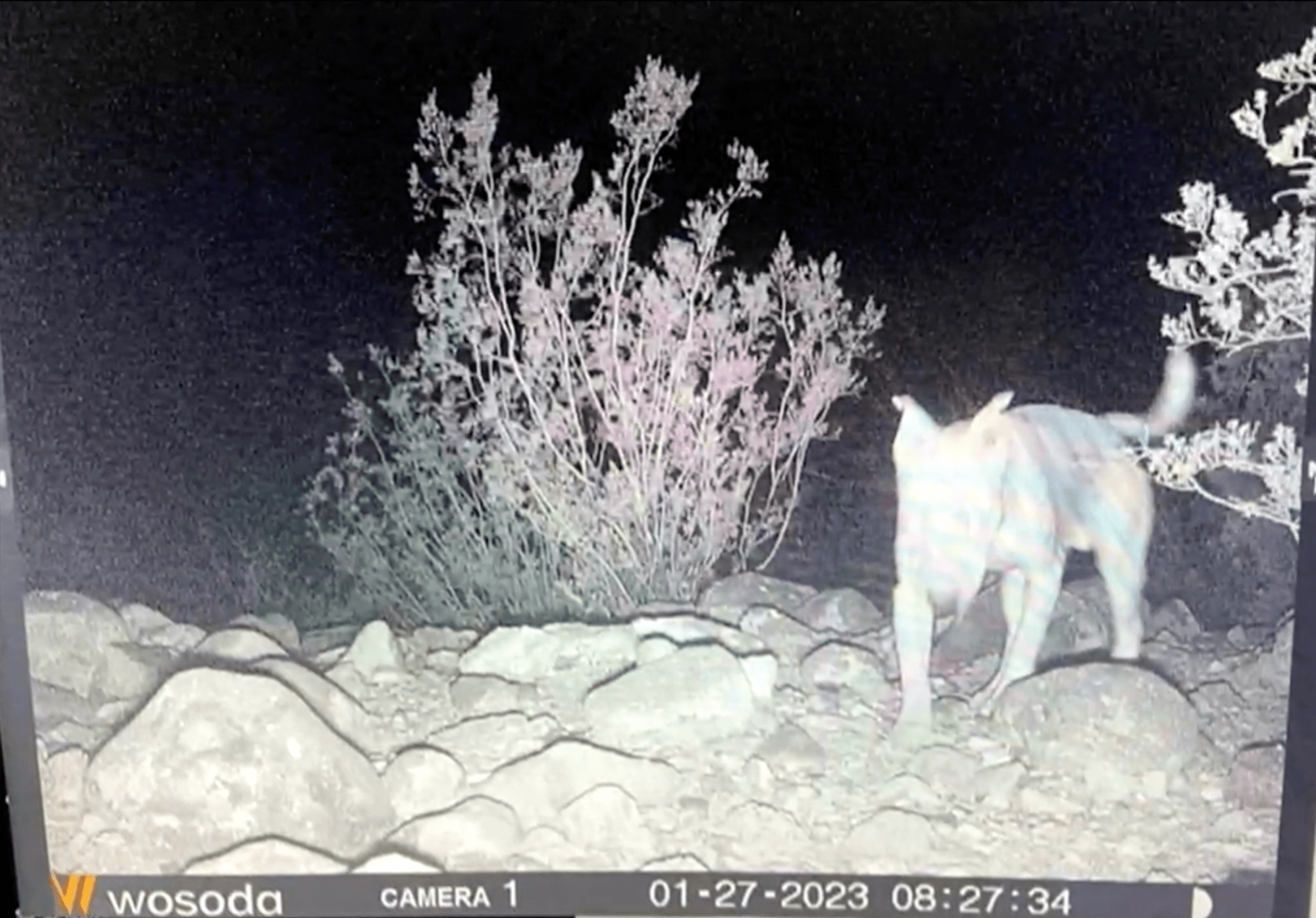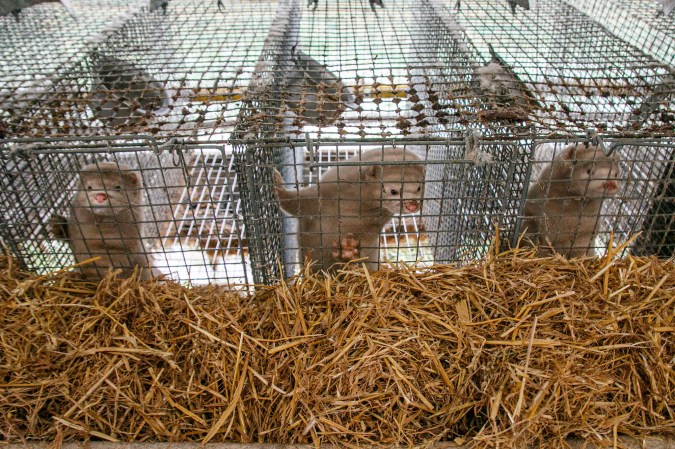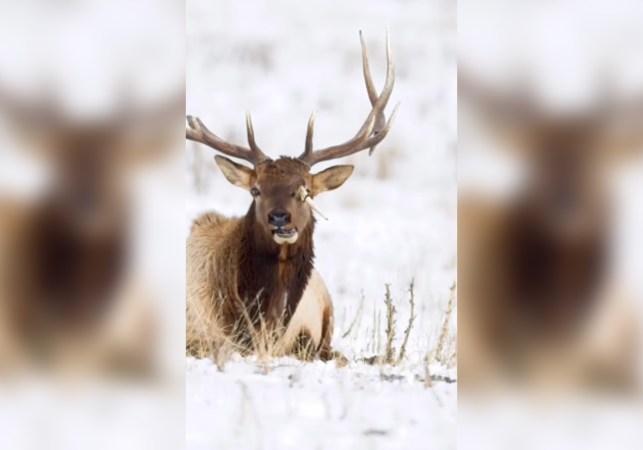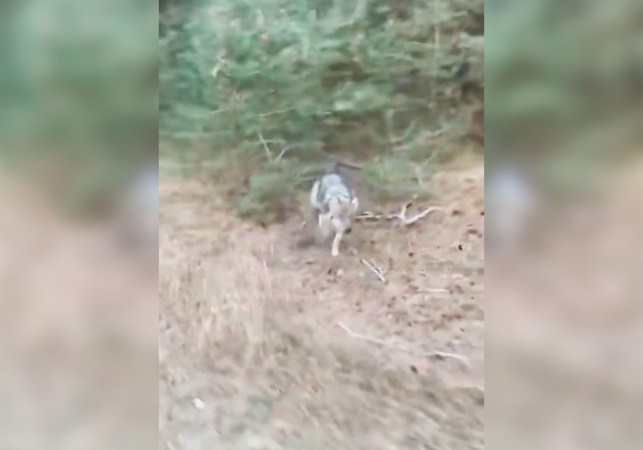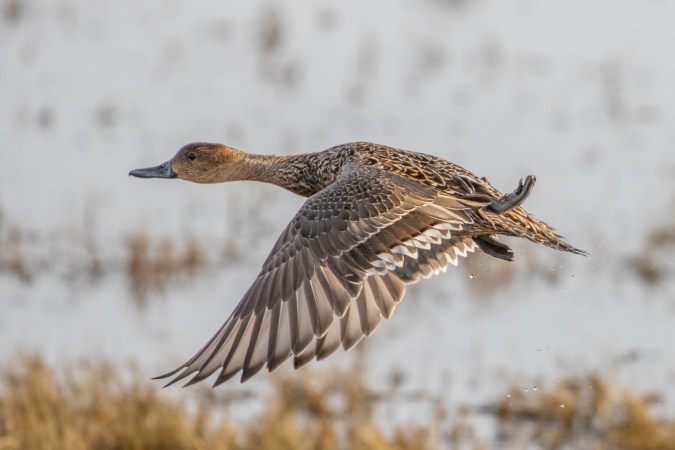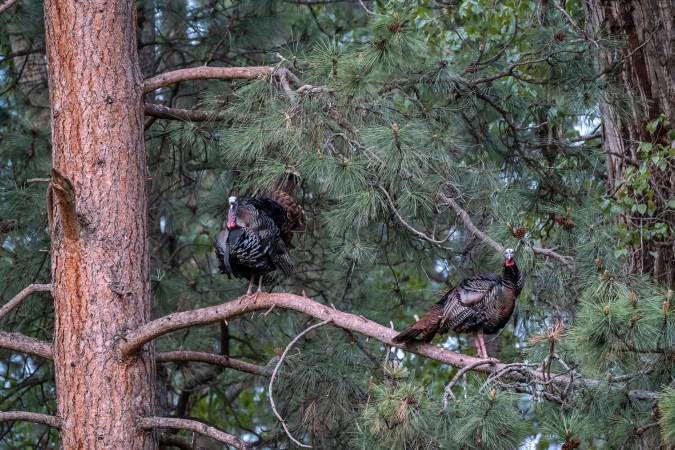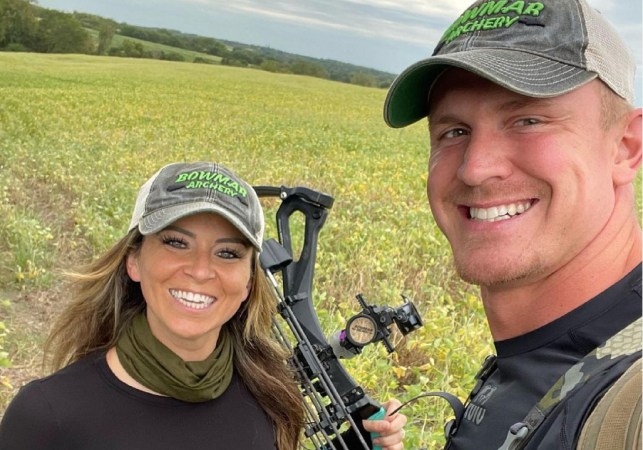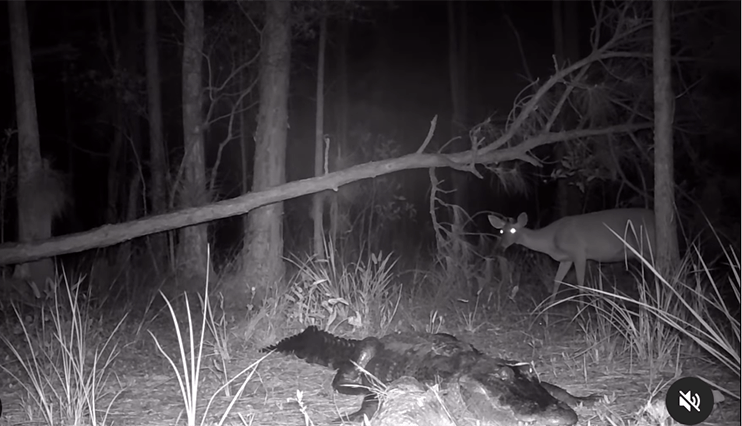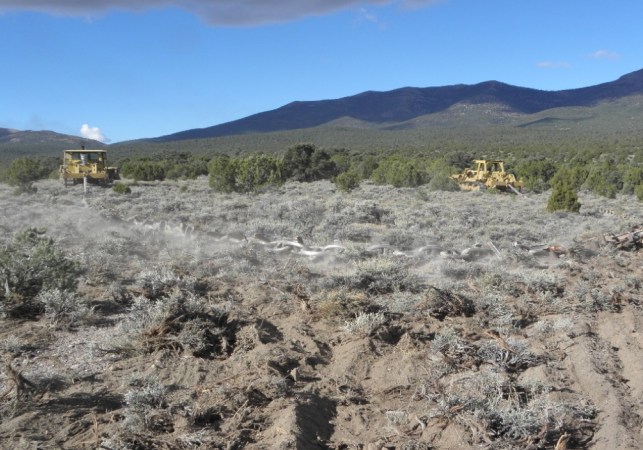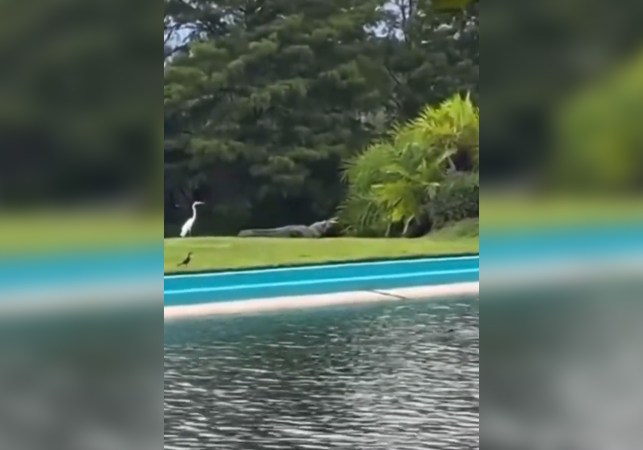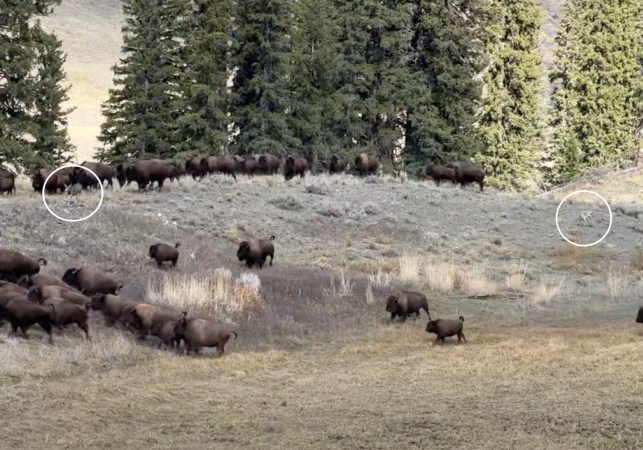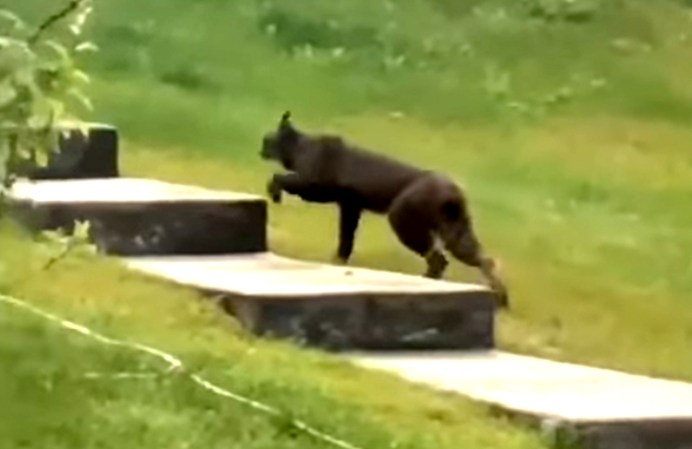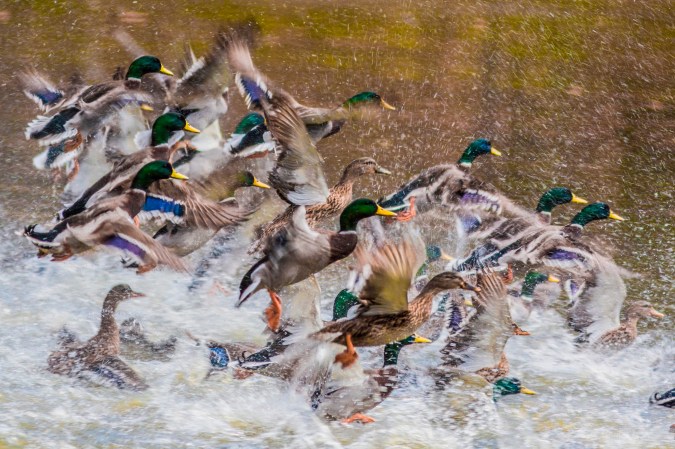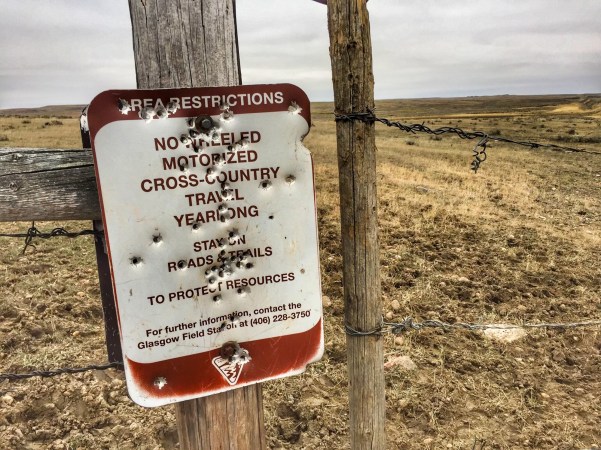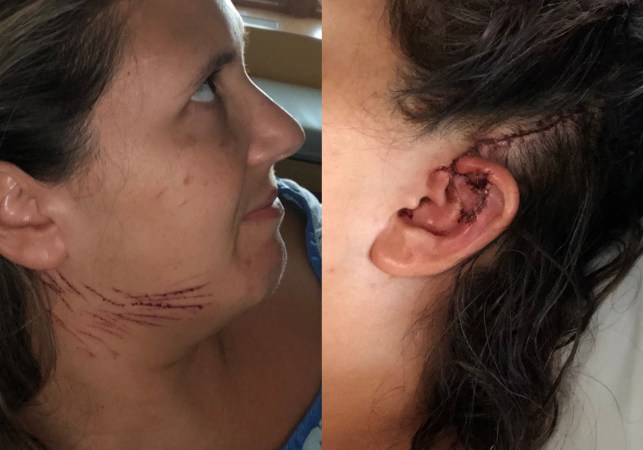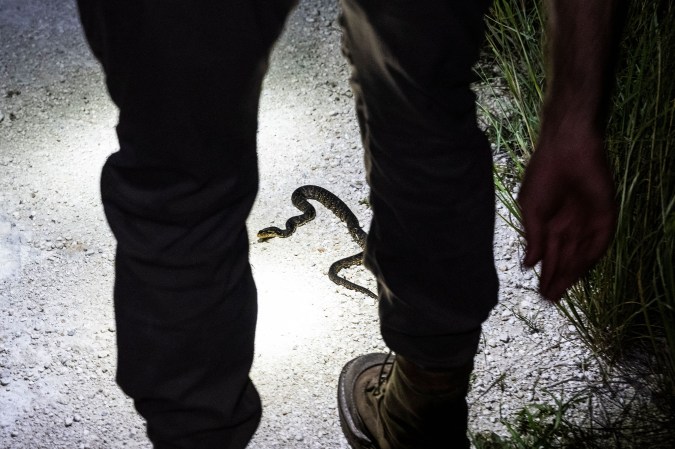Reports of an all-white dog that was running with a pack of coyotes outside Las Vegas started showing up on social media last summer. Some residents had seen or photographed the dog roaming with the pack in the Inspirada neighborhood, which is sandwiched between the suburbs south of the city and a large greenspace known as Sloan Canyon National Conservation Area. Many of them assumed the dog had been accepted by the pack after being abandoned as a puppy, according to KVVU-TV News in Las Vegas.
The dog was nicknamed “Ghost” because of his tendency to disappear when approached by humans. This stray dog’s assimilation hints at how a coyote dog mix could originate. Although he was captured last week by well-meaning humans, the dog had been living with the pack of wild coyotes in the Nevada desert for at least seven months.
A Stray Dog Is Adopted by (and then Rescued from) Coyotes
By the end of last summer, most Inspirada residents had either heard the rumors or seen Ghost roaming around the neighborhood with two or more coyotes. The stray dog had been photographed on cell phones as well as trail cameras, and he stood out from the rest of the pack with his short, all-white coat. As people continued to post sightings on social media, the stray dog’s story caught the attention of Susan McMullen and the Southern Nevada Trapping Team.
“It seems like he may have been out there between seven and eight months and somehow or another, the coyotes just accepted him,” McMullen told KVVU. “He was actually just running with them and eating with them, but then he started to limp, and we were afraid that the coyotes could turn on him.”
McMullen and her partner Timi Zondiros recently decided to rescue the stray by trapping it. The two spent several days searching for Ghost, but he was shy and kept disappearing into the open desert. The stray dog eventually walked into a crate baited with food on Feb. 4. The rescuers explained that after all those months in the wild, Ghost has been acting affectionate and not aggressive toward humans.
“He is the sweetest most loving dog,” Zondiros said. “He comes up to you, he wants to be petted, he wants to be held.”
The dog suffered a few injuries during his time with the coyotes, however. Along with scars on his face and body, Ghost has skin issues, eye and ear infections, and a broken toe that requires amputation. McMullen also said the dog is still trying to make the transition from life as a coyote, and he still has nocturnal tendencies that keep him up at night.
“We would like for him to be adopted in a loving home where he is going to have a bed, a couch, people to hold him,” Zondiros added. “I believe he is going to be the best dog because they are the most grateful, the ones that are rescued…they feel it.”
The Coyote Dog Mix
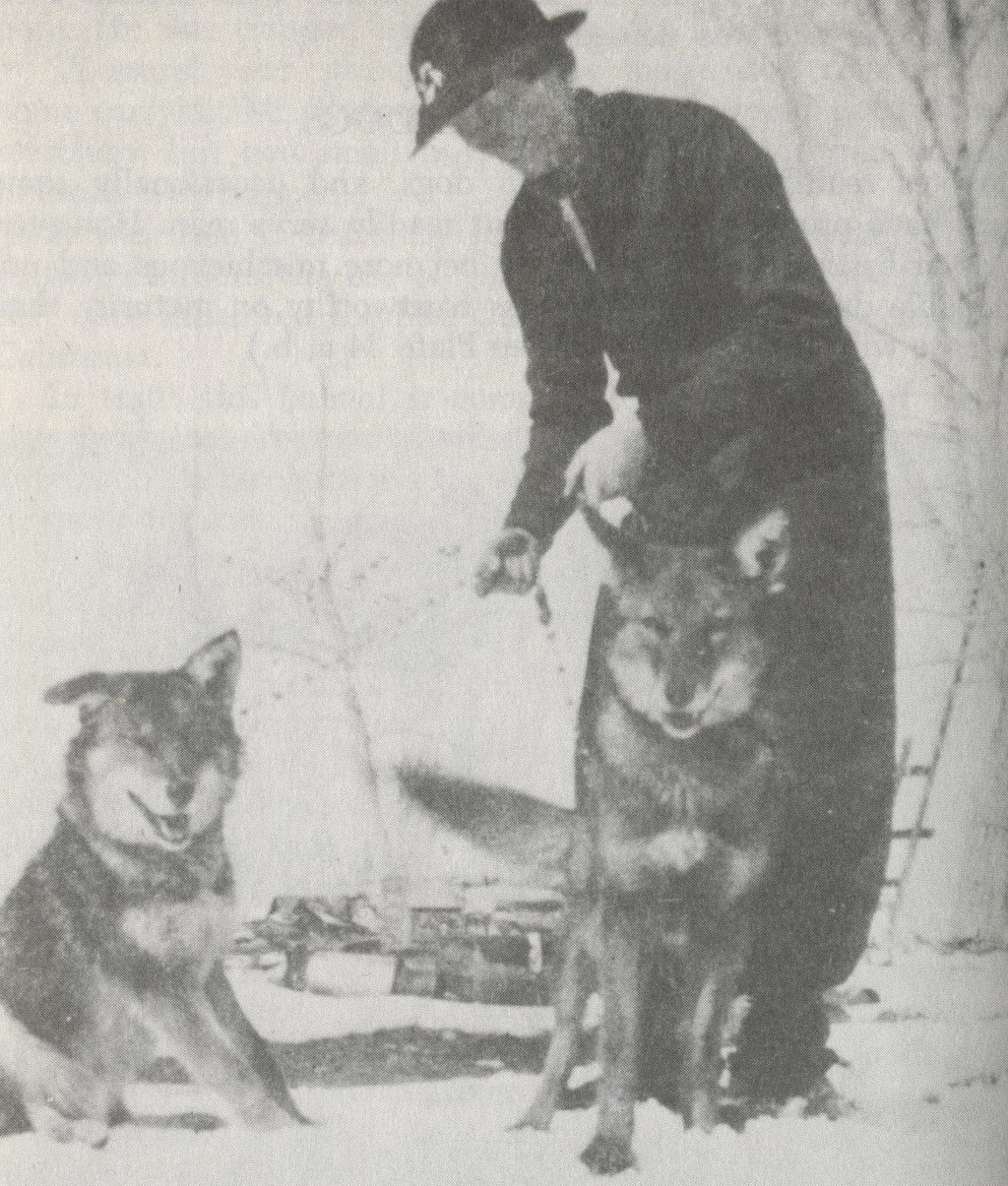
Although it’s rare, there are other known examples of dogs assimilating into packs of wild coyotes. In 2017, another stray dog was reportedly rescued after living with a pack of coyotes near Kingston, New York, for two years. Nicknamed “Wiley” (as in Wile E. Coyote), the dog was also likely abandoned as a puppy. He was rescued by members of Buddha Dog Research and Recovery, who thought it was best to capture and re-home the stray dog even if he didn’t appear to be in imminent danger at the time.
Read Next: How Coyote Hunting Dogs Decoy In Predators
The two canid species can interbreed to create what’s known as a “coydog.” Wild dogs and coyotes have no doubt bred with one another over the years, as they have historically occupied some of the same areas. There is also evidence throughout history of humans deliberately crossbreeding domestic dogs with coyotes.
In their book “The Clever Coyote,” authors Stanley Young and Harley Jackson write: “Coyotes readily hybridize with dogs and occasionally some matings have produced offspring that readily serve man. Hybrids tend to be more mischievous and less manageable as pups than dogs and are less trustworthy in maturity than hybrid wolves.”
Trent University professor and geneticist Dr. Linda Rutledge acknowledged in a previous Outdoor Life story on coydogs in the Northeast that in Ontario researchers documented some dog introgression in the coyote genome they studied—but just in the Y chromosome, and not much.
“While there is some possible dog ancestry in the eastern coyotes,” she says, “it is very limited and regional in places where it might occur.”
Experts point out that the coyote dog mix rarely happens today without human intervention because the two species have different mating cycles that don’t always coincide. Coyotes and dogs don’t typically form long-term bonds as mates either, which makes rearing the pups difficult.

